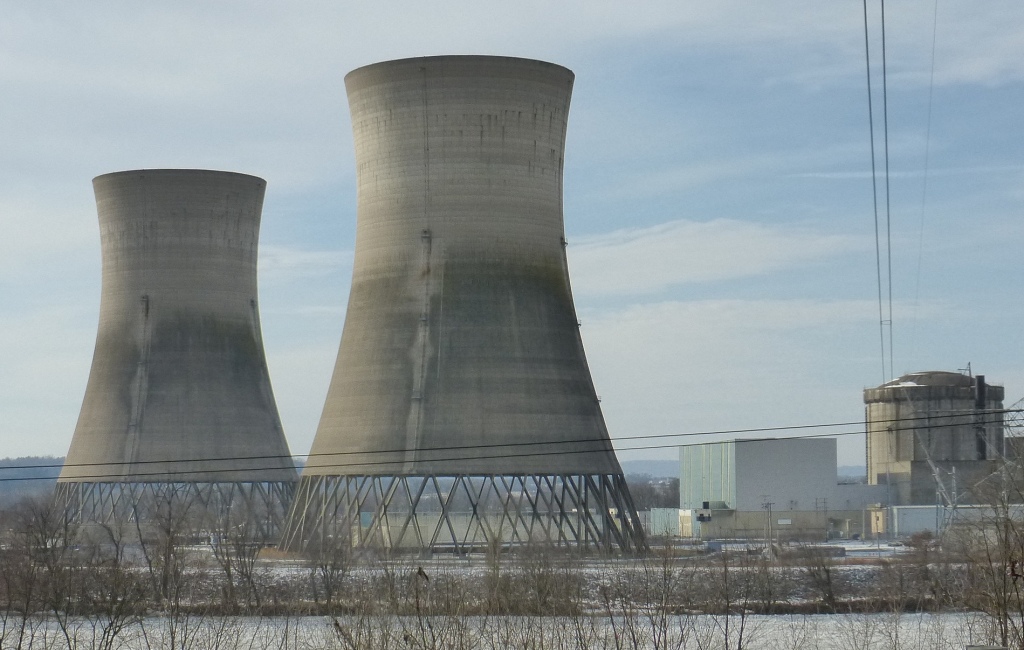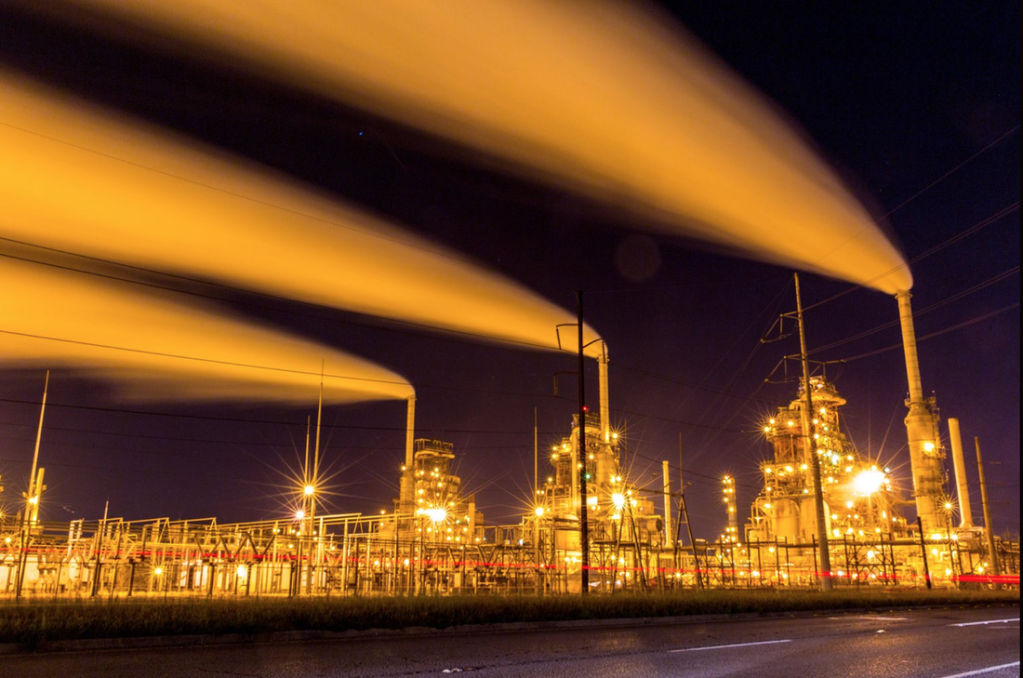by Tyra Norbye, SFSU, 2021
In the Cuenca de Sabinas region there lies a group of coal plants that benefit from their proximity to Mexico’s huge coal reserves. The José López Portillo plant is a coal-based thermoelectric plant which provides energy to many people in Mexico [1]. The energy injustice occurring at this site is that of a resource curse, in which the residents of the neighboring cities do not benefit from the wealth created for/by the state of Mexico and yet they face all of the consequences [2].

The José López Portillo plant was commissioned in 1982 by the Federal Commission of Electricity (Comisión Federal de Electricidad or CFE) to be located in the Coahuila region of Mexico [3]. Approximately 90% of Mexico’s carbon comes from the Sabinas Basin [4]. Despite residents being right by the resource-rich land, they have no control over how it is extracted, how much is extracted, and how the energy is created. So, while they live by the largest energy resource Mexico uses in their creation of energy, they face environmental harms and make hardly any money from that fact.
The José López Portillo plant is causing environmental and human health problems in the surrounding areas of this site. Since the opening of this plant in 1982 there has been a general decline in health among the people in that area. The José López Portillo Plant is the main emitter of nitrogen oxides in Mexico [5]. In Piedras Negras residents have seen a harmful increase in PM10 and PM2.5, yet on the Coahuila Ministry of Environment Facebook page they have stated that there is ‘insufficient data’ since last August [6]. People have had an increasing number of health issues because of air pollution such as malignant lung tumors, heart disease, and diabetes mellitus [7]. There has also been a significant correlation between children aged 1-4 years old having acute respiratory issues as a cause of PM 2.5 [8]. The groups that are facing these issues are generally lower-income families that depend on the coal-fired power plant for their income [9]. The benefits of this site are not primarily felt by the residents. Another recently discovered issue is that the government claims that it [the plant] is necessary because 25,000 families depend on the coal industry for an income; though there are conflicting reports as to how many people in the area are actually employed by the power plant [10]. So, if residents are not even benefiting from a consistent income then there is truly no benefit at all to the people of Coahuila [11]. The CFE froze contracts with small town producers and suppliers of the minerals needed to run the thermoelectric plant [12]. It was easier to erect the coal-fired power plant in an area near the coal mines and lower-income Mexican people.
The decisions of this carbon-fired power plant are made by the Federal Commission of Electricity. While the CFE is state owned, there are still people within the company that help set its trajectory. The current CEO of the Comisión Federal de Electricidad is Jaime Hernandez [13]. He is based in Mexico City, which is a 13 hour drive from Piedras Negras [14]. It is safe to say that he does not feel the negative effects of the coal-fired power plant. Armando Guadiana Tijerina is a born and raised Coahuilense who became the governor of Coahuila in 2017 [15]. He was the president of the CFE and a mining businessman who owns MINSA (Materiales Industrializados) [16]. This shows a connection between the coal business industry and politics. In 2018, the CFE suspended contracts that would have given them 3 million tons of coal from small producers in the area [17]. They know that as decision-makers they have a lot of power over the people in that area, and it should be their responsibility to make decisions with everyone’s best interests at heart.
References
[1] Badillo, D. (2020). Centrales eléctricas de Coahuila y el lado oscuro de la fiesta del carbón. Retrieved from https://www.eleconomista.com.mx/politica/Centrales-electricas-de-Coahuila-y-el-lado-oscuro-de-la-fiesta-del-carbon-20200620-0004.html
[2] Thoyre, A. (2021). How do energy injustices arise? Resource curse caused by lack of local control.
[3] Global Energy Conservatory. (2010). José López Portillo. Retrieved from http://globalenergyobservatory.org/geoid/3754
[4] Digital, M., Sanchez, C. (2019). Carboneros de Coahuila viven su peor crisis en 20 años. Retrieved from https://www.milenio.com/estados/carboneros-coahuila-viven-crisis-20-anos
[5] Badillo, D. (2020). Centrales eléctricas de Coahuila y el lado oscuro de la fiesta del carbón. Retrieved from https://www.eleconomista.com.mx/politica/Centrales-electricas-de-Coahuila-y-el-lado-oscuro-de-la-fiesta-del-carbon-20200620-0004.html
[6] Aramayo, N. (2020). ‘Extremadamente mala’ calidad del aire, reportan en Piedras Negras. Retrieved from https://vanguardia.com.mx/articulo/extremadamente-mala-calidad-del-aire-reportan-en-piedras-negras
[7] Valdez, R., Nieto, E., Gutierrez, e., C., Alaman, R., Garcia, O., Bolívar, A., Programa de Gestión Para Mejorar La Calidad Del Aire Del Estado de Coahuila De Zaragoza 2017-2026. Semarnat, Vol. 1, 55-67.
[8] Valdez, R., Nieto, E., Gutierrez, e., C., Alaman, R., Garcia, O., Bolívar, A., Programa de Gestión Para Mejorar La Calidad Del Aire Del Estado de Coahuila De Zaragoza 2017-2026. Semarnat, Vol. 1, 55-67.
[9] Digital, M., Sanchez, C. (2019). Carboneros de Coahuila viven su peor crisis en 20 años. Retrieved from https://www.milenio.com/estados/carboneros-coahuila-viven-crisis-20-anos
[10] Rosales, J. (2020). Mining agonizes in Coahuila, Economy Collapses. Retrieved from https://www.milenio.com/estados/ahmsa-agoniza-mineria-coahuila-colapsa-economia.
[11] Ramos, L. (2020). They march in Coahuila to Demand Coal Purchase Contracts from the CFE. Retrieved from https://www.jornada.com.mx/2020/03/11/estados/026n1est
[12] Rosales, J. (2020). Mining agonizes in Coahuila, Economy Collapses. Retrieved from https://www.milenio.com/estados/ahmsa-agoniza-mineria-coahuila-colapsa-economia
[13] Oxford Business Group. (2017). Jaime Hernandez Martinez, Director-General, Federal Electricity Commission: Interview. Retrieved from https://oxfordbusinessgroup.com/interview/jaime-hern%C3%A1ndez-mart%C3%ADnez-director-general-federal-electricity-commission/mexico-2017.
[14] Comisión Federal de Electricidad. Oficinas Nacionales. Retrieved from https://www.cfe.mx/Pages/default.aspx
[15] Wikipedia. (2021). Armando Guadiana Tijerina. Retrieved from https://es.wikipedia.org/wiki/Armando_Guadiana_Tijerina
[16] Wikipedia. (2021). Armando Guadiana Tijerina. Retrieved from https://es.wikipedia.org/wiki/Armando_Guadiana_Tijerina
[17] Badillo, D. (2020). Centrales eléctricas de Coahuila y el lado oscuro de la fiesta del carbón. Retrieved from https://www.eleconomista.com.mx/politica/Centrales-electricas-de-Coahuila-y-el-lado-oscuro-de-la-fiesta-del-carbon-20200620-0004.html


















